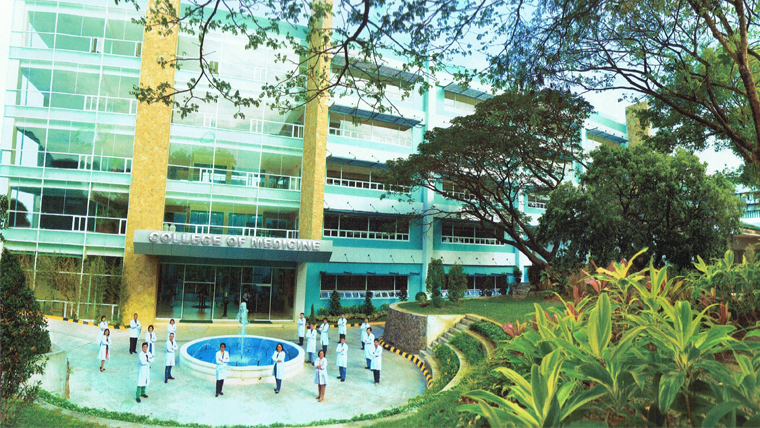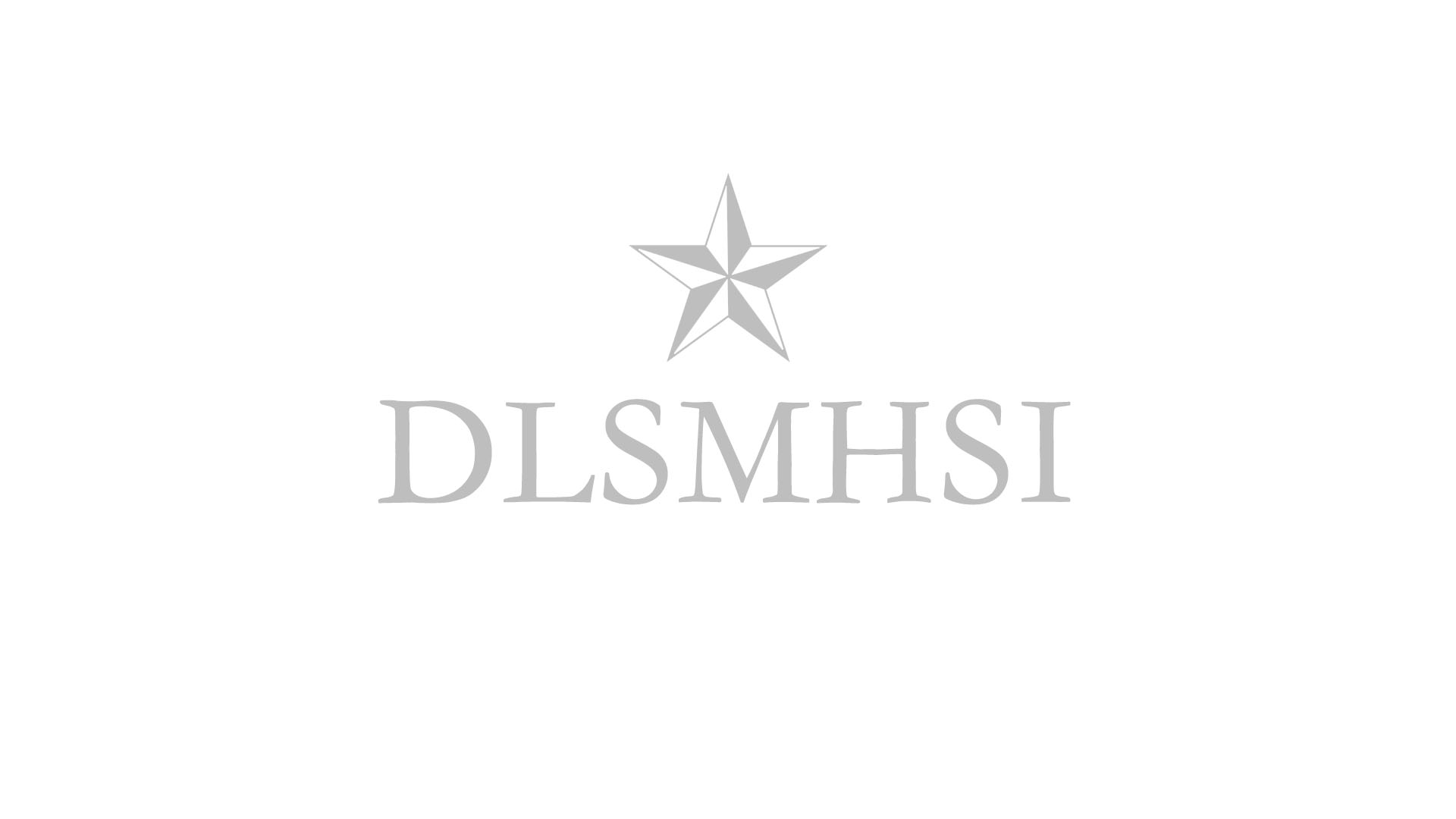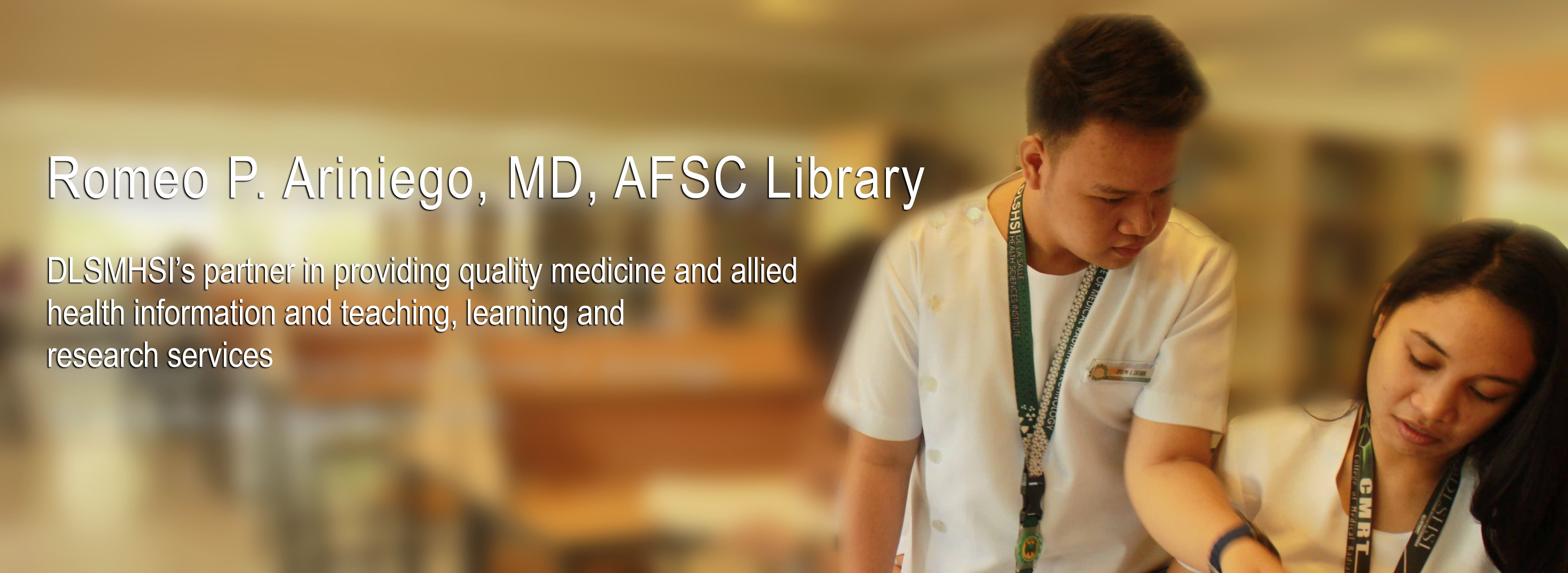
BEST FEATURES 2019
FACULTY
- the well-defined ranking process conducted annually for the promotion of faculty members.
- the strong administrative support on capacity building of faculty members on medical education and research.
- the provision of a good working environment for faculty members which promotes satisfaction, well-being, and productivity in the workplace.
- the commitment of faculty members to act as mentors to assist medical students in their journey towards attainment of their academic goals.
EDUCATIONAL PROGRAM
- the establishment of a simulation laboratory as an aid to teaching and learning activities of the College.
- the development of a health informatics laboratory which provides information and communication technology for self-learning, access to information, and evaluation of student learning.
CLINICAL EDUCATION PROGRAM & SERVICE FACILITIES
- the utilization of innovative teaching strategies, specifically under the Health Informatics Department, including the use of the simulation unit and other online modalities, such as the Moodle platform and Notes First.
- the establishment of the Inter-Professional Education Committee that aims to promote inter-disciplinary team approach to achieve better holistic care in the hospital setting.
COMMUNITY EDUCATION PROGRAM
- the establishment of the Comprehensive Community Health Teaching Program, with special emphasis on the Student Immersion Program.
- the establishment of the Inter-Professional Education Committee that aims to promote inter-disciplinary team approach to achieve better holistic care in a resource-limited community setting.
RESEARCH
- the four-story building with facilities dedicated to the thrust of research.
- the strong administrative support in the form of cash incentives, protected research time (PRT), PRT-equivalent research incentive, and additional points for promotion.
- the well-defined research governance to ensure approval of technically and ethically reviewed research projects, and funding from PCHRD and international sponsors.
- the Centers for Clinical Epidemiology and Biostatistics; Biopharmaceutical Research; Complementary and Integrative Medicine; Basic Biomedical Research; and the Center for Academic Health Sciences Research that enhance the recruitment and retention of expert researchers and increasing opportunities for several projects.
- the Center for Tuberculosis Research engaged in TB-related projects (for screening, diagnosis, and treatment) with funding support from local and international health agencies.
- the strong interest in and large number of both faculty and students doing research.
STUDENTS
- the accessibility of the Guidance and Counseling Office for the College of Medicine that is located within the College of Medicine Building.
- the availability of two guidance counselors, one male and one female, that addresses gender sensitivity.
- the appreciation of the Mentoring Program by the students.
LIBRARY
- the harmonious use and blend of technology and space to maximize learning experience through the provision of quiet space and collaborative space for users.
- the availability of a vast variety of e-journals and database subscriptions.
- the research productivity workshops offered to faculty for the development of research skills; completion of such is a requirement for permanency status.
GOVERNANCE & ADMINISTRATION
- the dynamic administrative leadership that has resulted to the infrastructure developments in the campus.
- the open lines of communication between the administration, college dean, and faculty.
- the continuous development and improvements of facilities.
FACILITIES AND OTHER RESOURCES
- the construction of the Learning Commons with modern facilities.
- the establishment of the Simulation Unit and the Health Informatics Laboratory of the Health Informatics Department.
CONTINUOUS RENEWAL
- the regular updating of the Medical Education Program, which started in 2013 and carried out until 2018-2019.
- the enhanced faculty development program and the stringent student screening program.
- the continuous updating of resources.



